Report this entry
More from the same community-collection
Dr. Lawrence Nixon and Drusilla Tandy Porter
You are at Historias: El Paso's Black History, Site # ...
Hotel Sheldon, Federal Building, El Paso, TX 1908 Postcard
Hotel Sheldon, Federal Building, El Paso, TX 1908 Postcard
Iliana Holguin, County Commissioner, El Paso TX March 24, 2022
Iliana Holguin, County Commissioner, El Paso TX March 24, 2022
Maud Sampson Williams historic marker, County Courthouse El Paso, TX, March 24, 2022
Maud Sampson Williams historic marker, County Courthouse El ...
Iliana Holguin, Patrcia Macias, Vivian Rojas El Paso County Courthouse, March 24, 2022
Iliana Holguin, current County Commissioner; former judge, ...
Attendees at the Maud Sampson Williams ceremony El Paso, TX, March 24, 2022
Attendees at the Maud Sampson Williams ceremony El Paso, TX, ...
Attendees listen at dedication of historic marker, El Paso County Courthouse, March 24, 2022
Attendees listen at dedication of historic marker, El Paso ...
Quisa Davis, former judge, honors Maud Sampson Williams at dedication of historic marker March 24, 2022
Quisa Davis, former judge, honors Maud Sampson Williams at ...
Eva Ross and Quisa Davis at Maud Sampson Williams marker dedication March 24, 2022
Eva Ross and Ouisa Davis at Maud Sampson Williams marker ...
Attendees listen at dedication of historic marker, El Paso County Courthouse, March 24, 2022
Attendees listen at dedication of historic marker, El Paso ...
League of Women Voters, County Judge Samaniego at the dedication of historic marker, March 24, 2022
League of Women Voters, County Judge Samaniego at the dedication ...
Postcard of Church of Guadalupe, Ciudad Juarez c. 1905
Postcard of Church of Guadalupe, Ciudad Juarez c. 1905
El Paso’s Black “Wallstreet” at Estine East Side Barber Shop
You are at Historias: El Paso's Black History, Site ...
Good Neighbor Interpreter at 3330 East Missouri Avenue
You are at Historias: El Paso's Black History, Site ...
Site of Dr. Nixon’s landmark 1924 vote at 2317 Texas Avenue
You are at Historias: El Paso's Black History, Site # ...
Beto O'Rourke gubernatorial candidate, El Paso Community Foundation, March 27, 2022
Beto O'Rourke gubernatorial candidate, El Paso Community ...
Barbara Angus, Rosario Trejo Garza, Joseph Longo, and Eva Ross at Sergio Troncoso Library 31 MAR 22
Barbara Angus, Rosario Trejo Garza, Joseph Longo, and Eva Ross ...
Pan American Round Table Directors, UTEP Library March 30, 2022
Pan American Round Table Directors, UTEP Library March 30, 2022 ...
Feria Bicentenaria Yselta Mission April 24-25 1976
Feria Bicentenaria Yselta Mission April 24-25 1976

















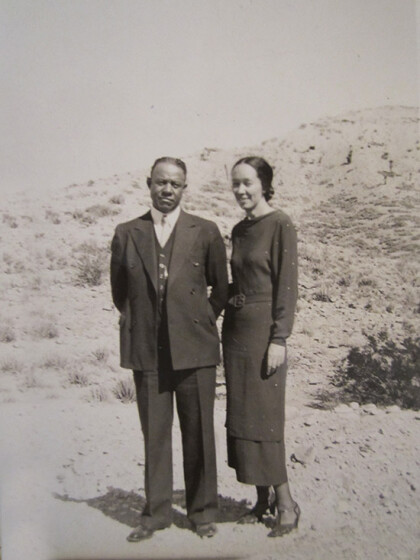
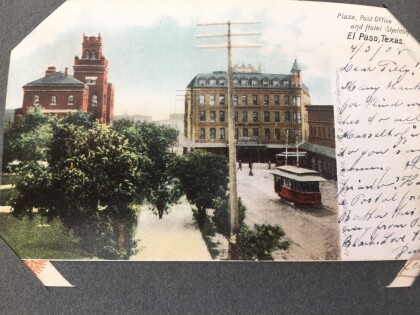

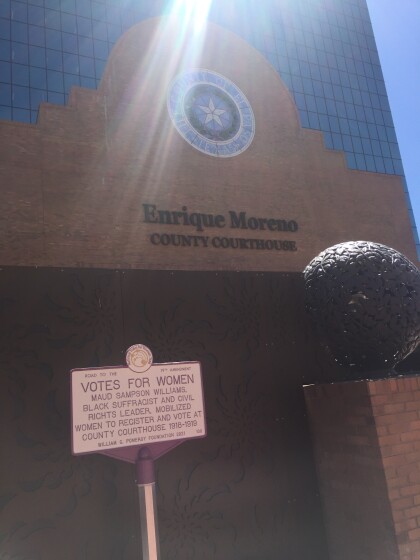
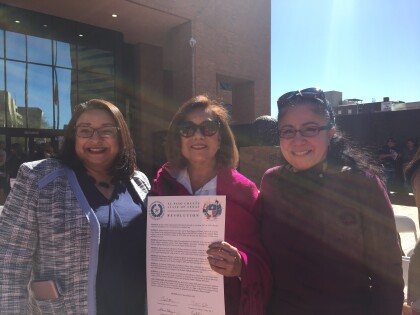
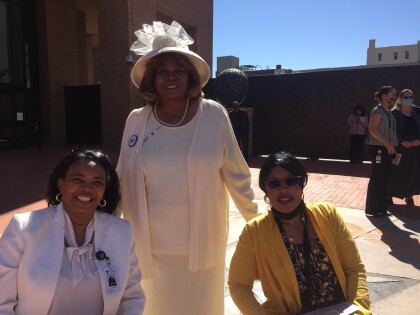
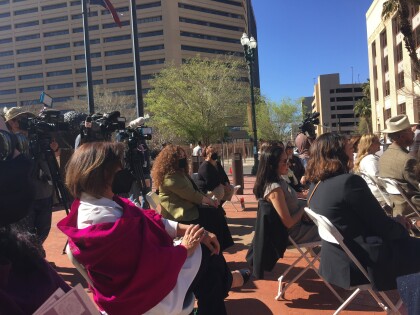
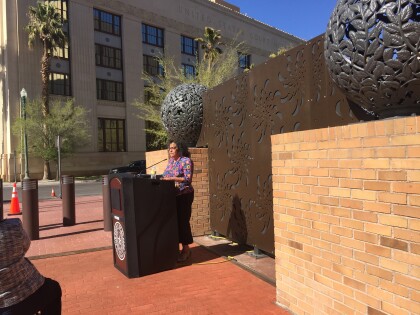
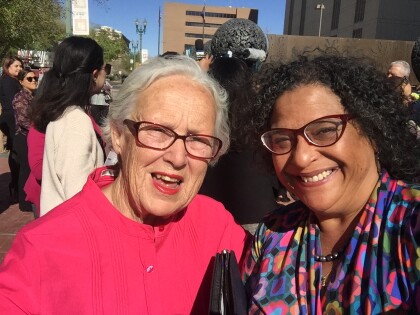
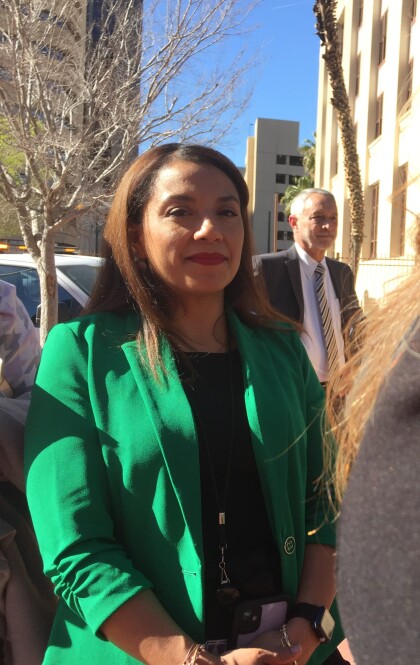
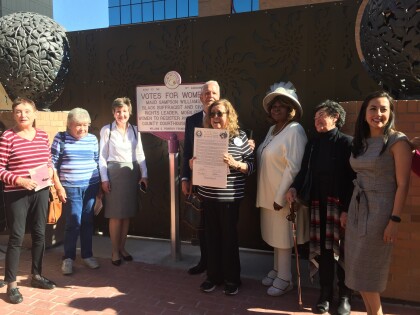

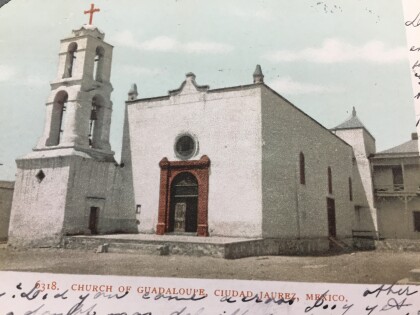
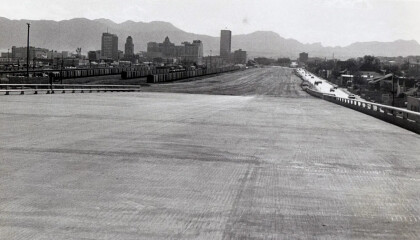
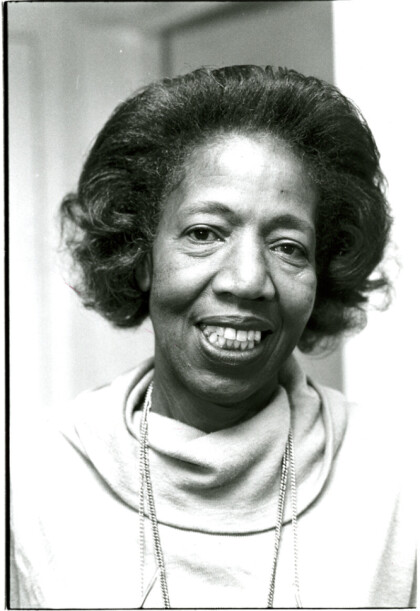
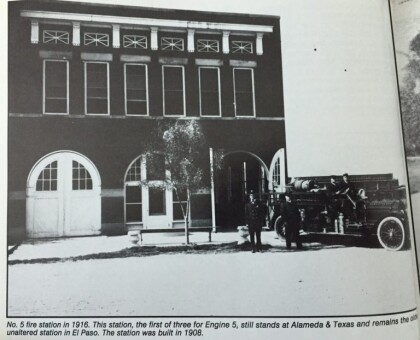
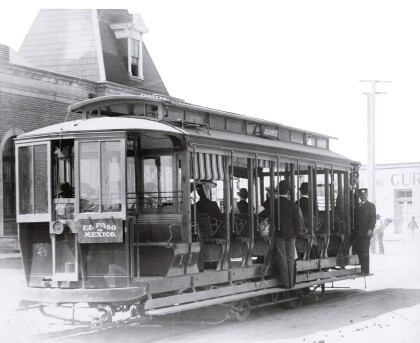
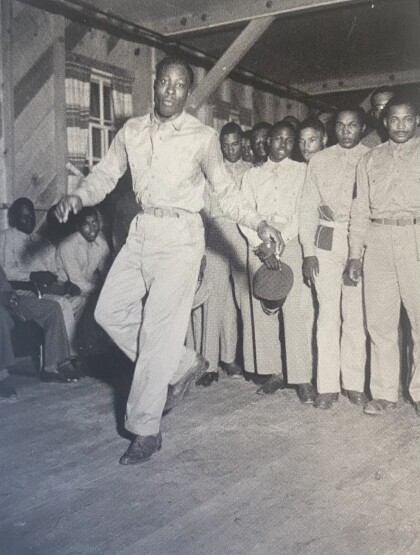
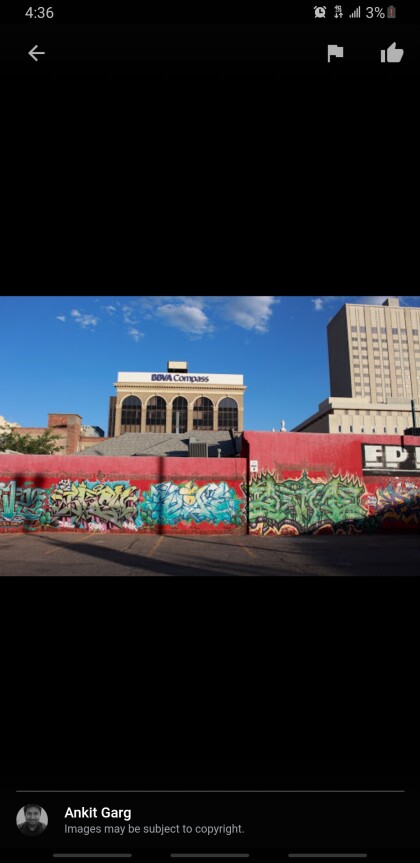
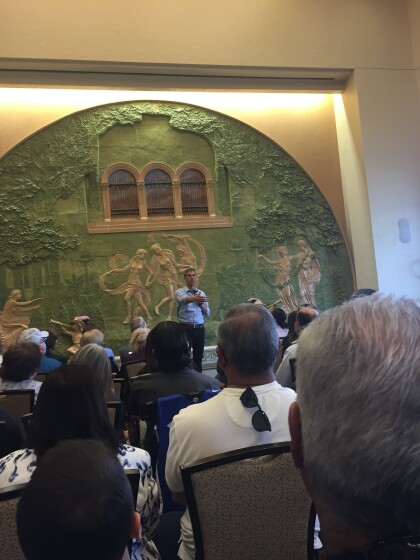
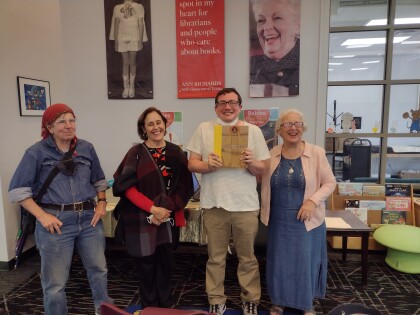
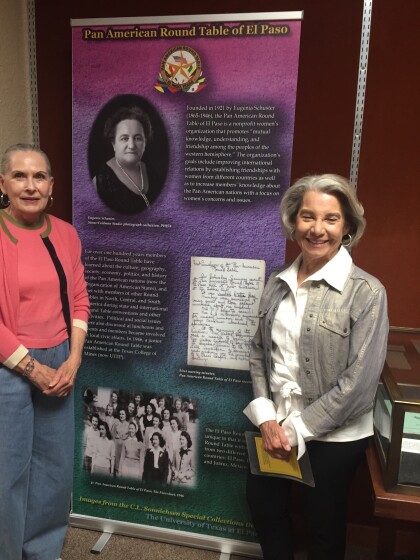
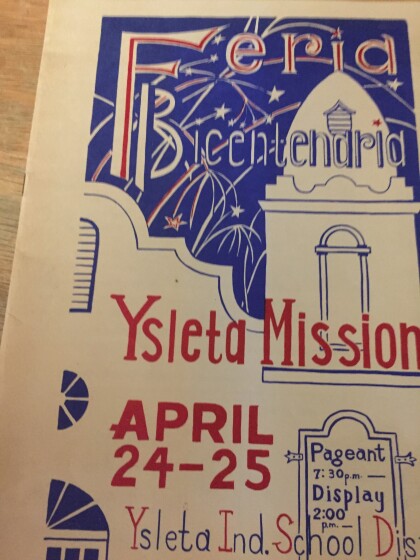
Comments
Add a comment